SOFTWARE LICENSE AGREEMENT
1 Introduction
Product features
System requirements
Using this manual
2 Getting Started
The main window
The Title bar
The Menu bar
The File menu
The Edit menu
The Annotate menu
The View menu
Viewing or hiding View menu options
The Customize menu
Customizing your keyboard
Customizing the toolbar
The Navigate menu
The Image Processing menu
The CAR menu
The Setup menu
The Help menu
The Toolbar
The Annotation toolbox
The Image Retrieval keypad
The Control Panel
The image processing control panel
The Thumbnail pane
The Image display pane
The Status bar
3 Using the Software
Calibrating the scanner
Opening an application
Retrieving images from film
Searching for next occurrence of an image address
Using the odometer mode
Searching for a preset image address
Batch scan
Opening images
Saving an image
Printing an image
Faxing an image
E-mailing images
Cropping images
Setting Manual and Automatic duplex processing
Annotating an image
Using Redact, Highlight, Hollow Rectangle, or Freehand Line options
Using the Polyline option
Using the Text option
Adding a note
Loading images
Creating a canned annotation file
Using canned annotations
Deleting annotation
Resizing the application window
4 Application Setup
Accessing Application Setup
Setting up a new application
Setting values on the General tab
Setting values on the Image Marks tab
Setting values on the Film tab
Setting values on the Image Processing tab
Setting values on the Output tab
Changing naming convention properties
Setting up non-ANSI/AIIM image marks
Determining the image mark position
Setting up the odometer scale
Setting a User Defined image area
Setting page layout options
Modifying an existing application
Deleting an application
5 Setting up CAR Applications
Setting up CAR communication and modes
Setting up CAR communication
Changing the CAR communication settings
Setting up CAR modes
Sending a Ready message
Processing Download requests
Starting and stopping a Download job
Loading a previously saved Download file
Dumping jobs
Viewing CAR data
CAR registers
Saving and loading registers
Starting a Batch download and using View registers
CAR monitor
6 Troubleshooting
Software advisory messages
Problem solving
7 Network Operations
Setting up a CAR network connection
Connecting to a VNN
Storing images in a VNN
Printing individual images
Printing foldered images
The Fax/eMail dialog box
Faxing or emailing individual images
Faxing or emailing foldered images
Appendix A Microfilm Information
Introduction
Microfilming guidelines
Microfilm specifications
Image mark sizes
Loading film
Standard ANSI magazines
Enclosed ANSI magazines
M-type magazines
M-Film and reel checks
Film leader — ANSI magazines
Film leader — M-type magazines
Film trailer — ANSI magazines
Film trailer — M-type magazine
Film splicing
Film curl
Microfilm curl check
Film Curl - Ektamate Cartridge
Film Curl - M Cartridge
Film twist
Film magazine condition
Microfilm storage
Appendix B Search Programs
Selecting a search program
Image marks in Channel A only
Image marks in Channel B only
Image marks in both Channels: duo film
Image marks in both Channels: simplex or duplex
Appendix C Glossary
Appendix D Productivity Tools
Introduction
Keyboard shortcuts template
Application setup templates
Template 1 - 3890 Check film
3890 film, General tab template settings
3890 film, Image Marks tab template settings
3890 film, Film tab template settings
3890 film, Image Processing tab template settings
Template 2 - County Land Title film
County Land Title film, General tab template settings
County Land Title film, Image Marks tab template settings
County Land Title film, Fim tab template settings
County Land Title film, Image Processing tab template settings
Template 3 - Claim 2-level film
Claims 2-level film, General tab template settings
Claims 2-level film, Image Marks tab template settings
Claims 2-level film, Film tab template settings
Claims 2-level film, Image Processing tab template settings
Template 4 - Claims 3-level film
Claims 3-level film, General template settings
Template 5 - Odometer film
Odometer film, General tab template settings
Odometer film, Image Marks tab template settings
Odometer film, Film tab template settings
Odometer film, Image Processing tab template settings
















 V2版本原理图(Capacitive-Fingerprint-Reader-Schematic_V2).pdf
V2版本原理图(Capacitive-Fingerprint-Reader-Schematic_V2).pdf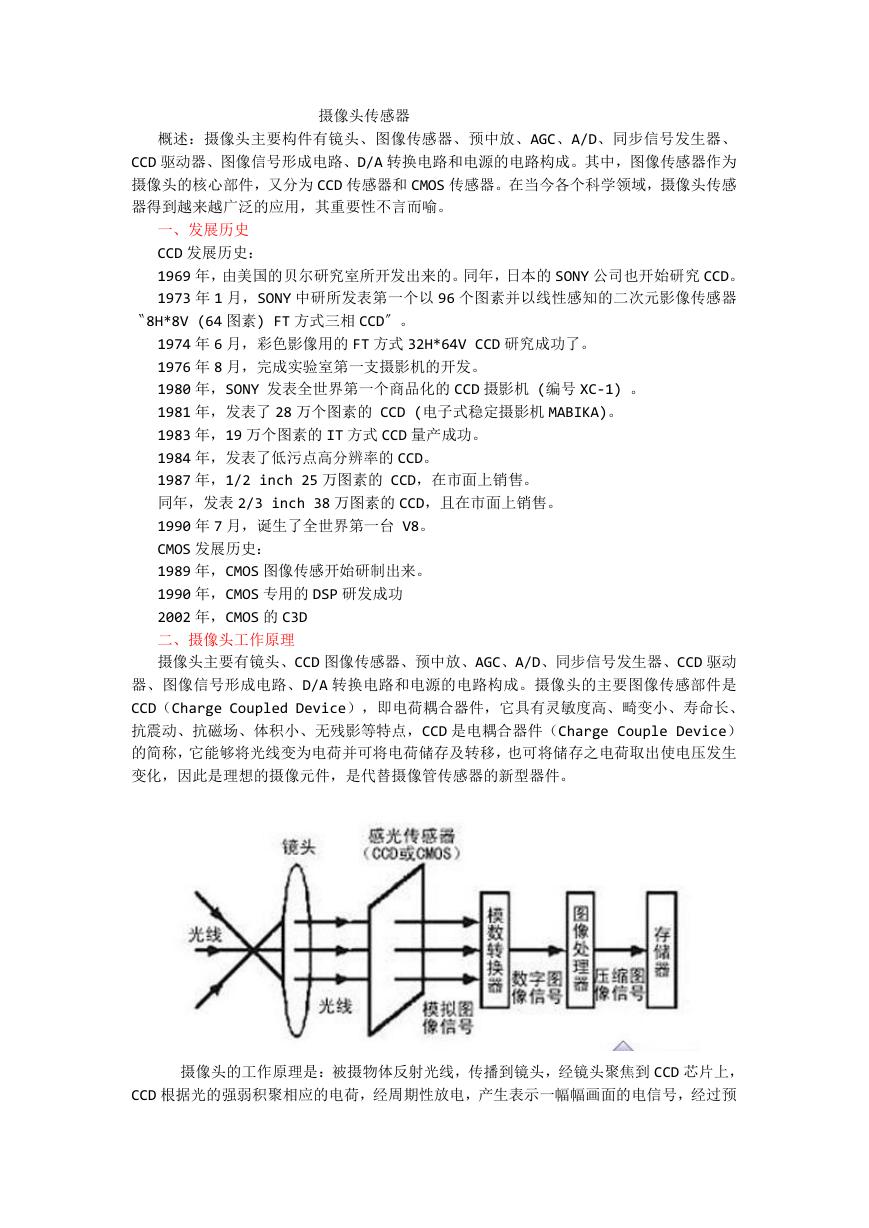 摄像头工作原理.doc
摄像头工作原理.doc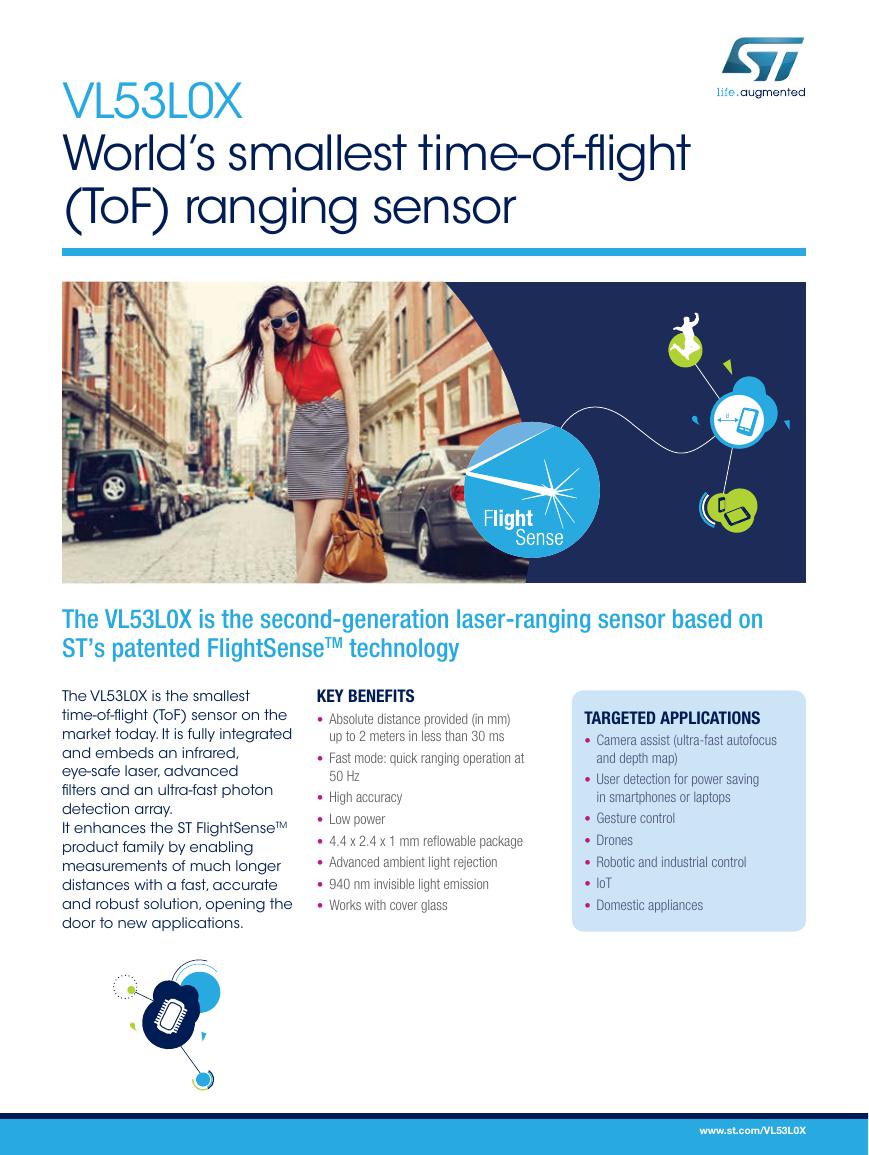 VL53L0X简要说明(En.FLVL53L00216).pdf
VL53L0X简要说明(En.FLVL53L00216).pdf 原理图(DVK720-Schematic).pdf
原理图(DVK720-Schematic).pdf 原理图(Pico-Clock-Green-Schdoc).pdf
原理图(Pico-Clock-Green-Schdoc).pdf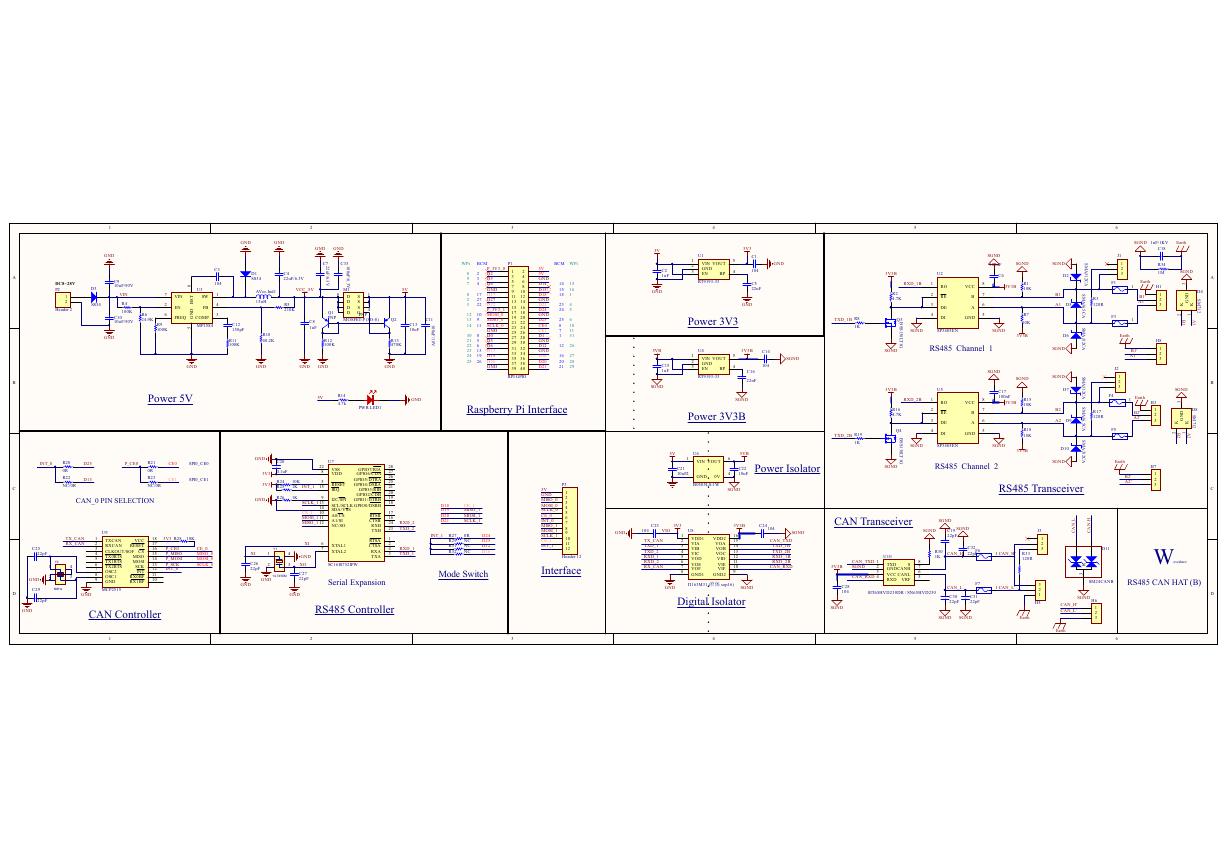 原理图(RS485-CAN-HAT-B-schematic).pdf
原理图(RS485-CAN-HAT-B-schematic).pdf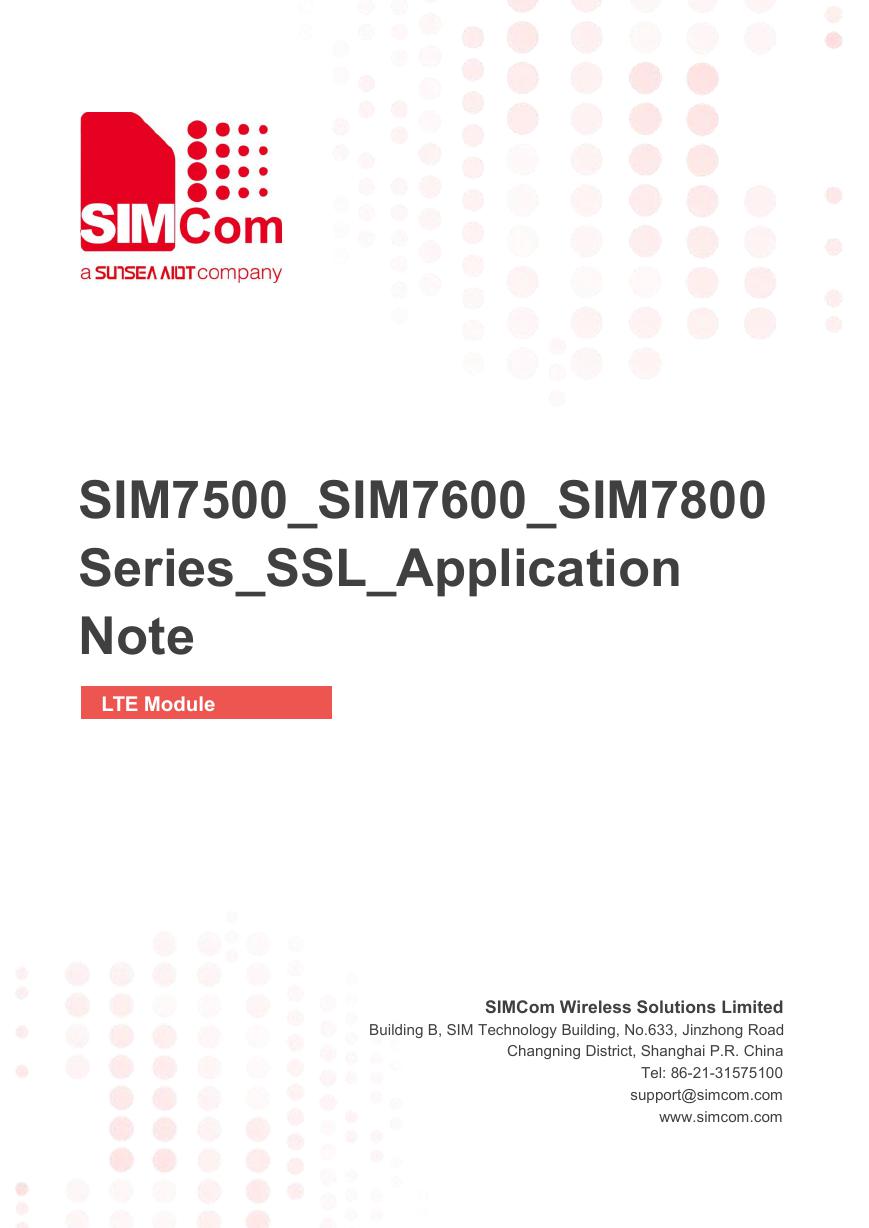 File:SIM7500_SIM7600_SIM7800 Series_SSL_Application Note_V2.00.pdf
File:SIM7500_SIM7600_SIM7800 Series_SSL_Application Note_V2.00.pdf ADS1263(Ads1262).pdf
ADS1263(Ads1262).pdf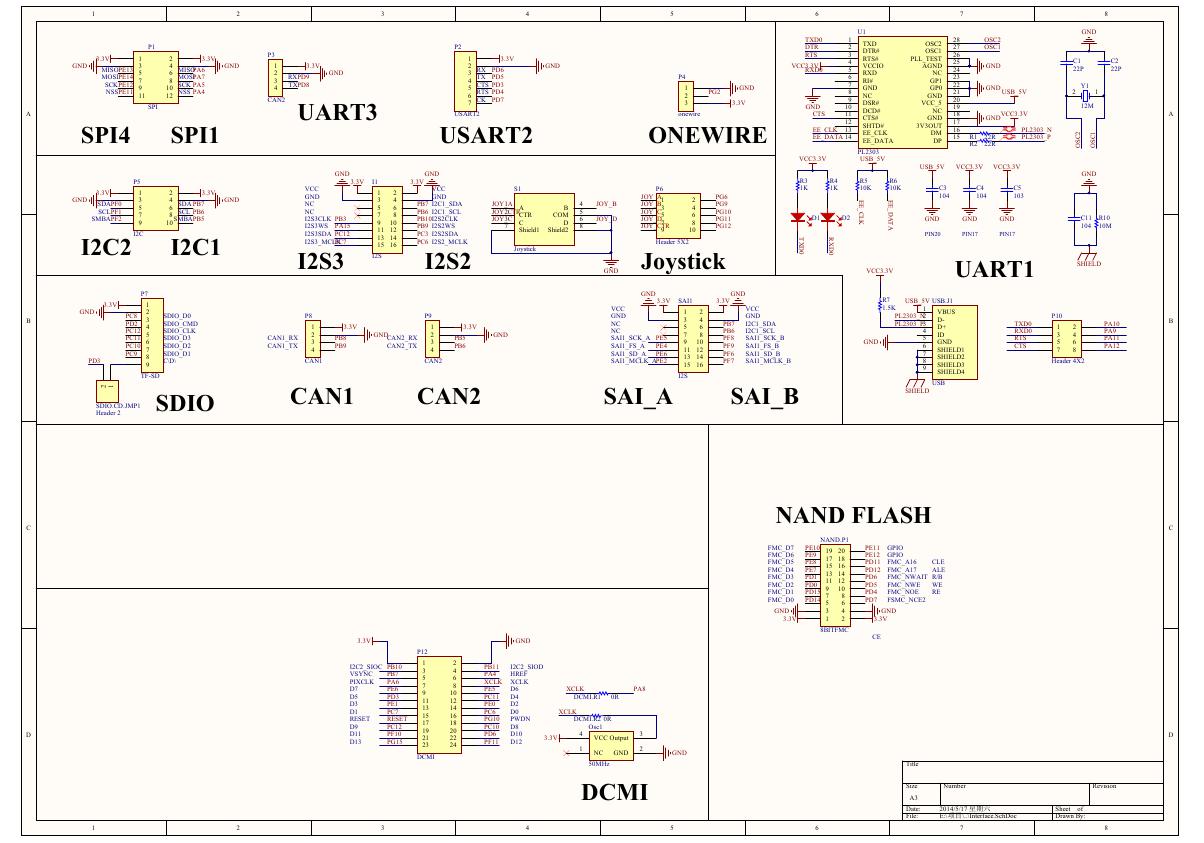 原理图(Open429Z-D-Schematic).pdf
原理图(Open429Z-D-Schematic).pdf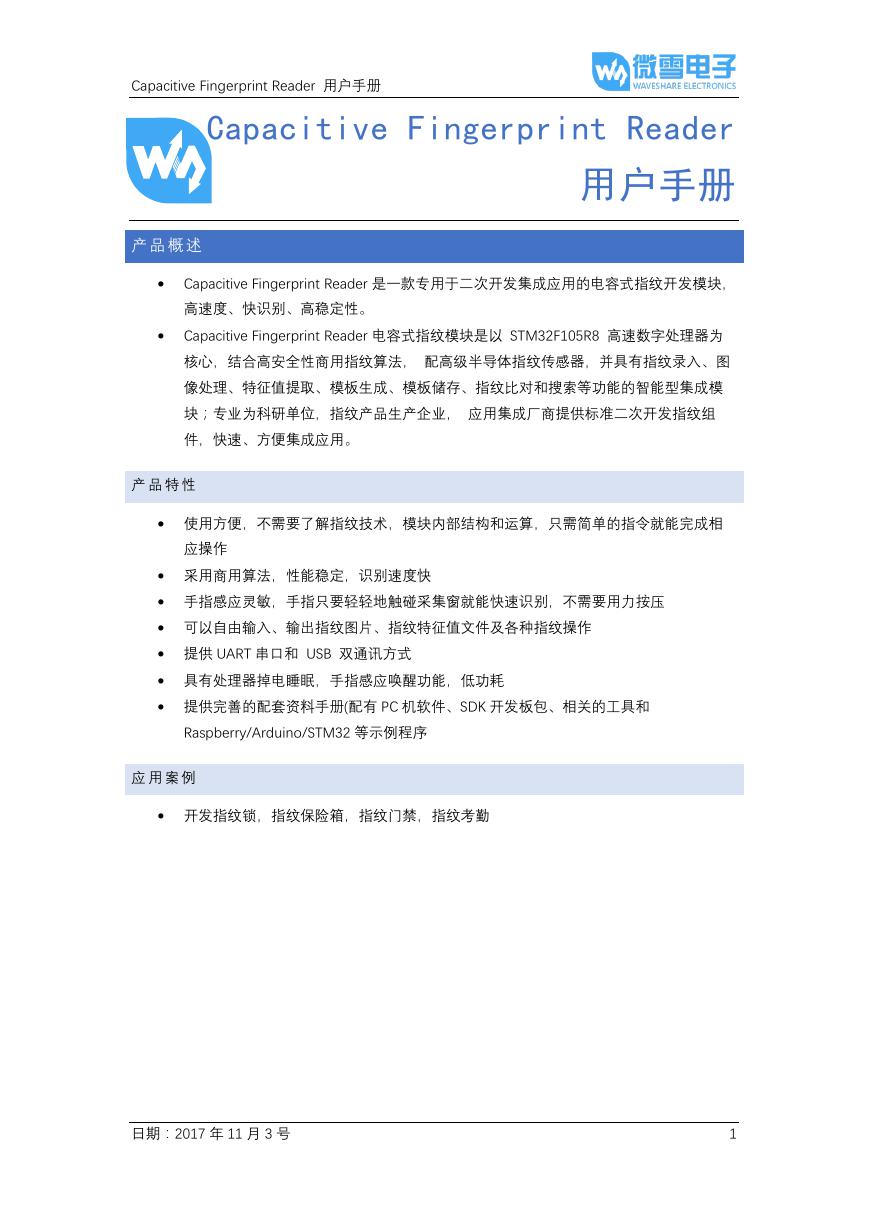 用户手册(Capacitive_Fingerprint_Reader_User_Manual_CN).pdf
用户手册(Capacitive_Fingerprint_Reader_User_Manual_CN).pdf CY7C68013A(英文版)(CY7C68013A).pdf
CY7C68013A(英文版)(CY7C68013A).pdf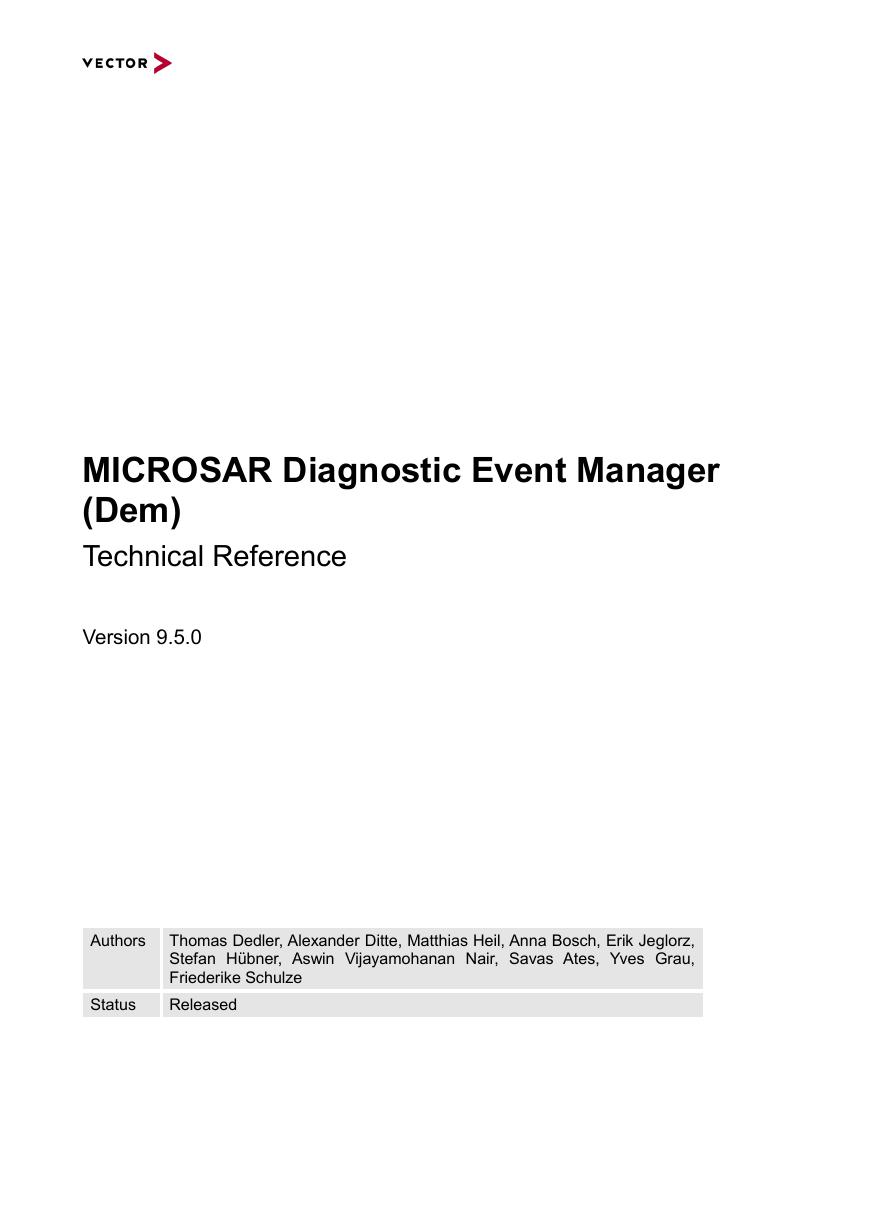 TechnicalReference_Dem.pdf
TechnicalReference_Dem.pdf